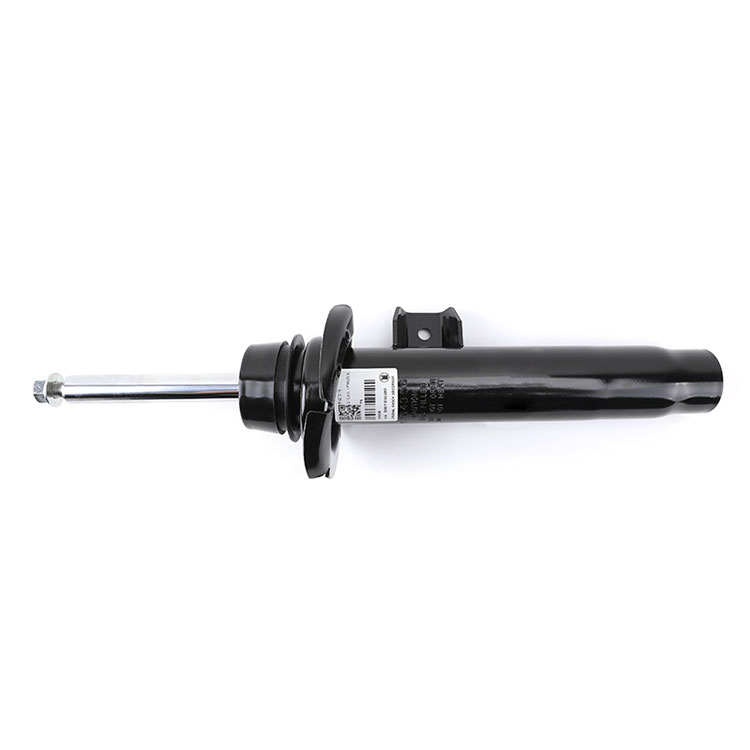What does a shock absorber do?
2023-12-26
A shock absorber, also known as a damper, is a crucial component of a vehicle's suspension system. Its primary purpose is to dampen or absorb the shocks and vibrations generated by irregularities in the road surface, providing a smoother and more controlled ride for the occupants of the vehicle.

Damping Vibrations: As a vehicle moves over bumps, potholes, or uneven road surfaces, the wheels and suspension components experience vertical motion. Without shock absorbers, this motion would be transferred directly to the vehicle's body, causing a bumpy and uncomfortable ride. Shock absorbers help dampen these vibrations by dissipating the kinetic energy generated during suspension movement.
Maintaining Tire Contact: Shock absorbers play a critical role in maintaining optimal contact between the tires and the road surface. This is essential for effective steering, braking, and overall vehicle stability. Proper tire contact ensures that the tires grip the road, improving traction and handling.
Reducing Body Roll: During cornering or maneuvering, a vehicle's body tends to roll or sway. Shock absorbers help control this body roll by resisting the lateral motion of the suspension components. This contributes to better stability and handling, especially in turns.
Preventing Bouncing: Without shock absorbers, a vehicle's suspension would bounce up and down after encountering a bump or dip in the road. Shock absorbers prevent this bouncing motion by quickly converting the kinetic energy into heat, providing a smoother ride and faster recovery to a stable position.

Enhancing Braking Performance: Effective shock absorbers contribute to improved braking performance by helping to maintain consistent tire contact with the road. This ensures that the vehicle can stop more efficiently, especially during emergency braking situations.
Extending Vehicle Component Life: By reducing the impact forces on various suspension components, shock absorbers contribute to the longevity of other parts of the suspension system, such as springs, control arms, and bushings.
Improving Passenger Comfort: One of the key benefits of shock absorbers is the improvement of passenger comfort. By absorbing shocks and vibrations, shock absorbers help provide a smoother and more enjoyable ride for the occupants.
Shock absorbers come in various types, including hydraulic, gas, and electronically controlled shocks. The specific type of shock absorber used in a vehicle depends on factors such as the vehicle's design, intended use, and performance requirements. Regular maintenance and replacement of worn-out shock absorbers are essential for maintaining optimal ride comfort, handling, and overall vehicle safety.





